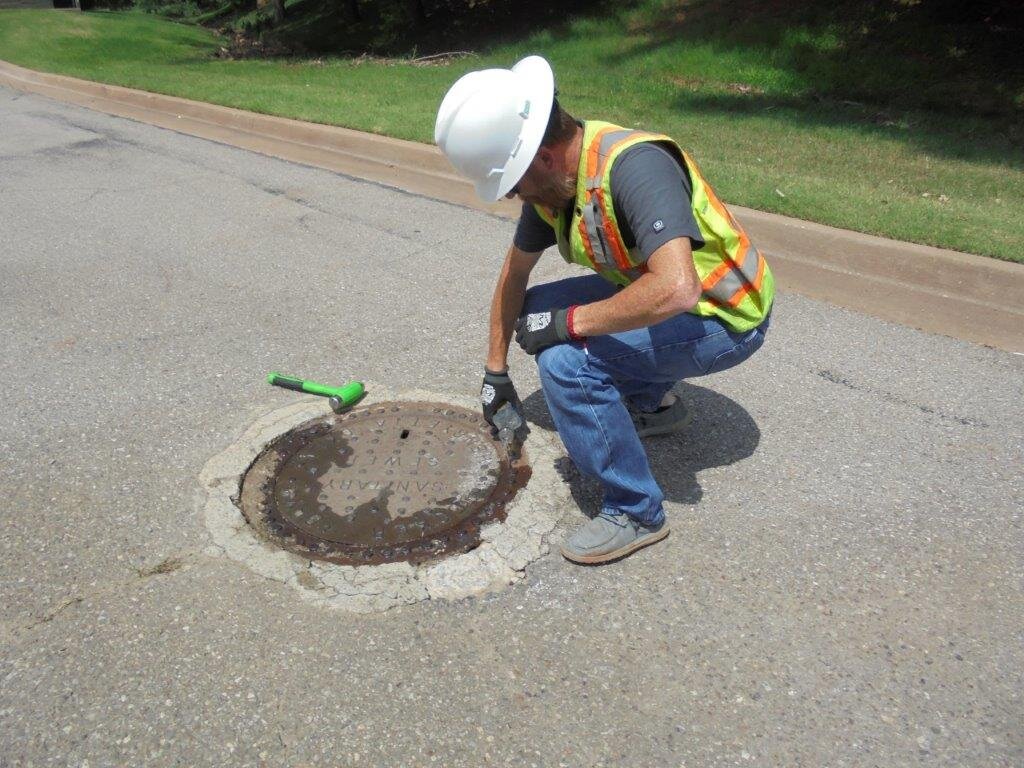A fire in the workplace can be one of the most devastating hazards for not only workers but for the public as well. It can result in numerous serious injuries or even fatalities, not to mention extensive property damage. Fire safety is very important! Be sure to train employees on your municipality’s fire procedures. If procedures are being ignored or are unclear, then schedule a fire safety meeting to train new employees, retrain veteran employees, and give knowledge and confidence to them all.
Basic fire safety you must know for every worksite:
Know the location of fire extinguishers and/or fire alarm pull stations in your work environment. You should always know where the closest extinguisher is.
Know where the nearest emergency exit is and where alternate exits are located.
Know the difference between alarm signals to quickly recognize the situation (fire, tornado, active shooter, etc.)
If you discover a fire:
Alert all other individuals in the workplace by activating the nearest fire alarm, shouting clearly, or by using other procedures set in place by your municipality.
Use the nearest exit to evacuate the workplace and go to the appropriate rendezvous location.
Use a fire extinguisher to put the fire out if it has not left its point of origin, you have been trained to use a fire extinguisher, and you have a sufficient way to escape if your efforts don’t put the fire out.
During an evacuation of a worksite:
Stay calm and evacuate immediately when you hear the alarm.
Along the escape route close (but don’t lock) all windows and doors you pass. This helps reduce fire, smoke, and fumes from spreading throughout the facility.
Go to the rendezvous or assembly area immediately and check in with your supervisor so he/she knows you are safe outside the building.
Follow all procedures put in place by your municipality.
A safe workplace is crucial and ensures you have the correct safety procedures and policies in place for such things as first aid and CPR training of employees. Employees must understand their role in a fire emergency especially if they have been given a special task like assisting a disabled co-worker safely out of the building. Holding fire drills at least annually and providing employees the opportunity to practice the information provided in safety meetings is another important part of fire safety. Don’t leave it out of your training procedures.






